2002 - Rioja: What it is all about?
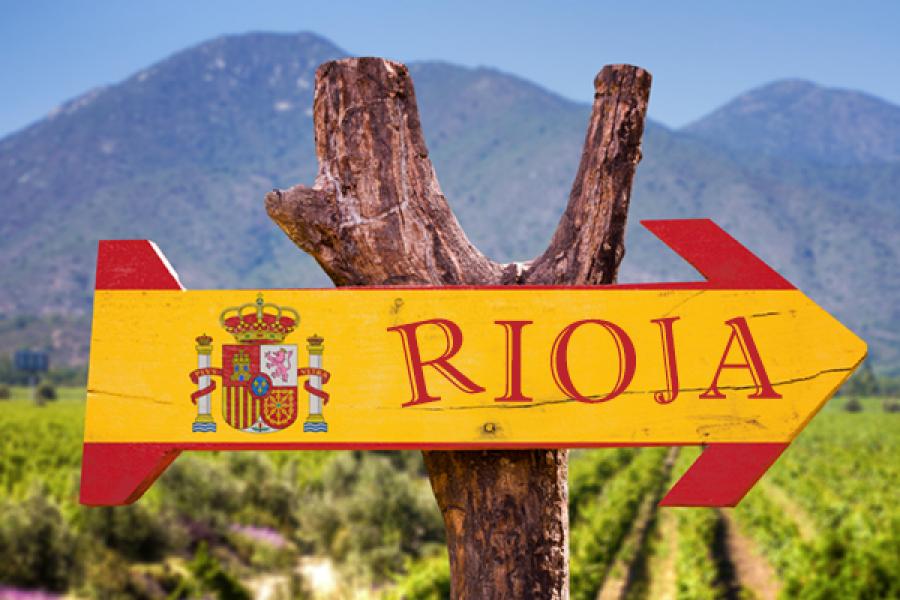
The Rise of Rioja
For more than a century, Rioja has been considered Spain’s preeminent wine region. The vineyards run along both sides of the River Ebro in the remote stretch of northern Spain and span an impressive 157,000 acres.
The region of Rioja is believed to have got its name from the tiny “Rio Oja”, one of the seven tributaries that connects to the Ebro River.
Why this particular tributary? Well, the infamous Santo Domingo de la Calzada Monastery was located where the Rio Oja crossed the famous pilgrim’s route, the Camino Francés. This meant that countless pilgrims congregated here, before continuing their walk across northern Spain. Thus the area of Rioja became one of the early destinations of Spain.
Today, the area is mostly known for red wine, whilst it does make white and rosé wine also. Rioja is often referred to as Spain’s Bordeaux, but what is distinctive to Rioja is the concentration on the Tempranillo grape and the use of oak.
Oak: Timing is Everything
Much of what defines Rioja can be spoken of in terms of the levels and manner in which oak is integrated into the wines here. Traditionally speaking, the signature is long ageing in oak barrels. Originally this was done in French oak casks, however, by the 1850s, top Spanish producers were using small oak barrels that they brought from North America and coopered themselves in Spain. By the 1980s, using small oak barrels to age Rioja for long periods of time was not only ubiquitous, it was the region’s trademark.
Today, there are two trains of thought when it comes to oak. The traditionalists buy North American oak, cooper it in Spain and age their wines for long periods of time. Here, old barrels are often used to mature their best wines in order to bring a softer more subtle flavour to the wine and then leave the wine in these barrels for a very long time.
The second approach comes from the modernists. Here, they tend to use brand new French oak, then mature the wine in it for much shorter periods of time. The difference is important for the manner in which oak is used can completely alter the wine’s characteristics, offering depth and complexity. In short, one style is mellow and soft – an introverted style if you will, and the other is big and bold and very much its extroverted sibling.
Whilst the modernist style is very much on the rise, the traditionalist approach offers a more unique approach that is intimate to the experience when you drink a Spanish wine and more specifically, a Rioja. It is also important to note that the modernist approach still offers an ageing time that is longer than most oak aged wines elsewhere around the world. Oak is so imperative to Spaniards that many bodegas have tens of thousands of barrels and the region as a whole is reported to possess over 1.3 million barrels.
It’s a Mixed Affair
As mentioned, the predominant grape in Rioja is Tempranillo, however, it isn’t always presented as a stand-alone. Much like Bordeaux, Rioja operates very much on a blending basis and this is usually by using Granacha (Grenache) and/or Mazuelo (Carignan). As such, the style of Rioja can vary hugely depending on what grapes are blended, the manner of oak that is used and of course, the vintage.
Different Styles
When it comes to buying Rioja, there can be a lot of jargon in the way between you and a delicious bottle of wine at the end. We have therefore tried to break it down for you so hopefully it is a tad easier to work out what you are getting. That being said, we are always on hand to offer advice so come into the shop and ask one of the team for help.
Generally speaking, there is a hierarchy in Rioja and it call comes down to the level of ageing in barrel and bottle. The differences at these two stages results in very different wines, so it can be a case of trial and error.
Joven – This translates as “young” and is when the wine has not experienced any time in oak and then a year in barrel. Wines such as this are the Bagordi Joven and the Navardia Joven and they offer a lighter, fruit-driven wine that works well with cold cuts.
Crianza – This is a style that has seen at least one year in oak and 6 months in bottle. These wines are easy-drinking in nature and are packed full of red berry fruits, spice and vanilla. We have many Riojas in this bracket such as Arjona, Gustales, Bagordi Crianza, Tobelos and they are all fantastic and well worth a go.
Reserva – These wines are made from superior grapes, in better areas of Rioja and they are more concentrated than its two younger siblings. This is because it has had at least one year in oak and two years in bottle. Note: many reservas have been aged for much longer than the minimum requirement. These wines are more serious as they aren’t so fruity but showcase more secondary characteristics such as tobacco, earth, chocolate etc. The older sibling of Tobelos would be a fantastic choice and is called Tahon. Alternatively the Bagordi Reserva from 2005 is excellent also.
Gran Reserva – These wines are only made in particular years and experience the most oak ageing; the result is a powerhouse of a wine. With a minimum of two years in oak and three in bottle, these wines are complex and much more savoury in flavour. They are also much more ageing potential and we have a very special Urbina 1994 Gran Reserva. This vintage is the vintage of a generation and last vintage to get anywhere close to it was in 1964. A must try!
Featured
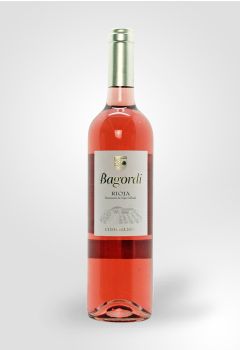
Bagordi Rosado, Rioja Spain, 2022
Fresh and juicy
What is MIX6?Add 6 or more bottles of selected wine to your basket to receive the wholesale price.
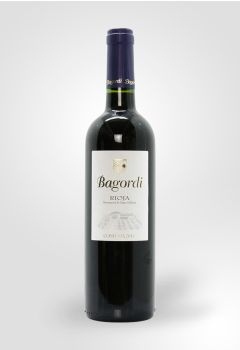
Summer berries and redcurrants
What is MIX6?Add 6 or more bottles of selected wine to your basket to receive the wholesale price.
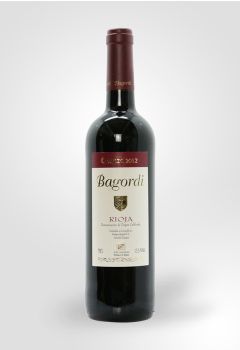
Deep, silky, full-bodied with notes of black and red fruit
What is MIX6?Add 6 or more bottles of selected wine to your basket to receive the wholesale price.
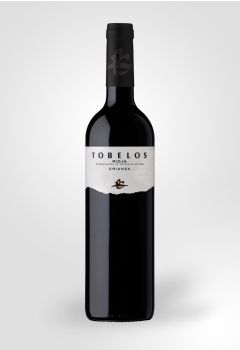
Soft, succulently fruity and elegant
What is MIX6?Add 6 or more bottles of selected wine to your basket to receive the wholesale price.
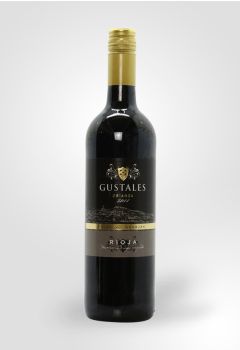
Silky, fruity and complex
What is MIX6?Add 6 or more bottles of selected wine to your basket to receive the wholesale price.
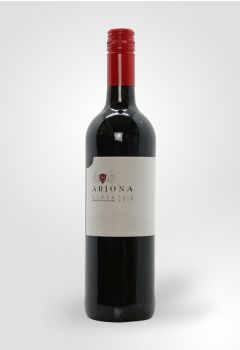
Soft with ripe red berry fruit
What is MIX6?Add 6 or more bottles of selected wine to your basket to receive the wholesale price.
